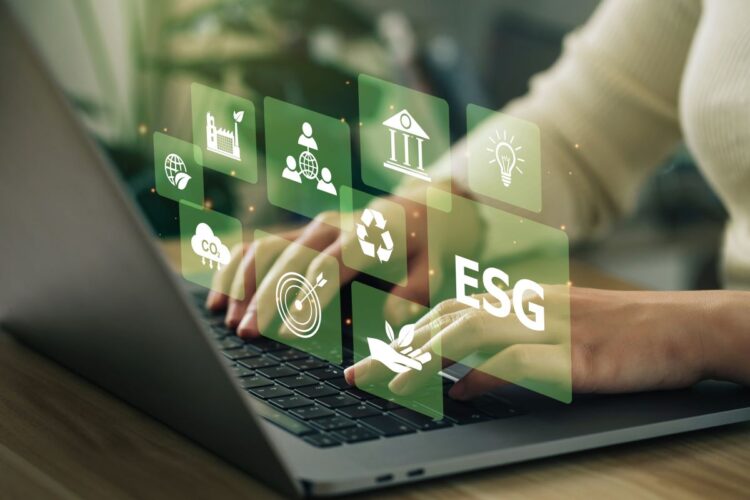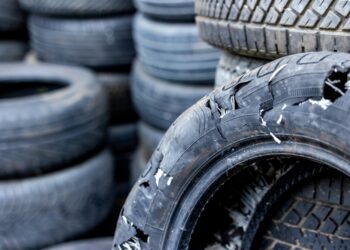Waste processing has been a commodity business since its inception as well as a traditionally circular economy. That has only been intensified by the mass adoption of electronic devices in the 20th century, so the e-scrap recycling sector is well poised to capitalize on environmental, social and governance priorities to differentiate leaders from laggards when it comes to providing not only a circular economy service but one at the lowest carbon intensity.
Lack of differentiation has historically driven competition among recyclers, depressing margins and profitability. This is starting to change. The demand for responsible e-scrap processing has picked up substantially as electronics’ life cycles shorten, demand for smart devices increases globally, regulatory scrutiny in the European Union and North America puts pressure on manufacturers, and valuable materials including gold, silver, copper, palladium and aluminum increase in price and become more profitable to recover. Advanced recovery technologies are enhancing the recovery rates of valuable materials, giving technologically adept companies a competitive edge.
In addition, large equipment manufacturers are engaging in their own sustainability journeys and are looking to this sector to help them meet their ambitions – meaning there is additional pressure on the e-scrap sector to provide not just a recycling service but one with the lowest possible emissions.
These benefits can now be quantified and capitalized on, creating economic opportunities for sector players to invest heavily in their operations.
Manufacturer priorities
Larger manufacturers no longer just want to know who will process their waste; they need to know how it will be processed.We have seen a significant shift in the priorities of manufacturers around e-scrap management. Manufacturers are under growing pressure from consumers, investors and stakeholders to adopt sustainable practices. They have even set ambitious targets related to their recycling practices.
To ensure their material is processed responsibly, manufacturers now require traceability of their e-scrap through the recycling chain. This involves knowing each step of the process and being able to audit it to confirm compliance with environmental and ethical standards.
It also includes understanding the environmental benefits of recycling, including measuring the avoided emissions associated with such practices. They require access to robust and reliable data so they can clearly communicate to customers, stakeholders and investors.
Further, buying decisions are no longer made based just on price. Procurement decision-making is now linked directly to the head of sustainability – who typically reports to the C-suite and external investors.
Traditionally, procurement decisions focused mostly on cost savings, with the primary goal being to acquire goods and services at the lowest possible price – often neglecting the environmental and social impacts of procurement choices. Modern procurement now includes sustainability criteria, evaluating suppliers and products based on their carbon and environmental footprints, ethical practices, resource efficiency and contribution to social responsibility goals.
Sustainable procurement generates market differentiation, appealing to environmentally conscious consumers and clients. It can also open up new business opportunities and markets that prioritize sustainability.
In order to differentiate and win more business, e-scrap recyclers must capitalize on the low-carbon and circular economy. As the amount of e-scrap continues to increase and regulatory pressures demand higher levels of responsible electronics recycling, capital requirements for modern recycling technology are forcing a rationalization of the industry, driving a consolidation of smaller family-owned businesses into more efficient, scalable enterprises.
Those who move fast will outcompete. Here’s how:
- Increasingly, global electronics manufacturers are being required to do more and more external reporting to their shareholders, their customers and to capital markets. This includes reporting related to their emissions and actions they are taking to reduce them (i.e. recycling).
- Manufacturers need to remove cost and risk from their supply chains. By recycling electronics, they decrease the need for extracting raw materials from mines, preserving natural resources and dramatically reducing the energy required to create new products.
- Corporate best practices and benchmarking are putting a spotlight on targets and actions taken by manufacturers – thoughtful ESG strategy, KPIs, net-zero goals, investment in new processes and technologies that lead to increased profitability and differentiation.
- Data and performance tracking is becoming much more granular – right down to client-level ESG data on avoided emissions, electricity and water use, toxic chemicals and more.
- Manufacturers are now designing products with recycling in mind. This involves using materials that are easier to recycle, simplifying the disassembly process and reducing the use of hazardous substances.
- Companies are innovating in ways to extend the life of electronic products. This includes offering repair services, providing software updates to older models and designing products with upgradable hardware and software components.
Even more opportunities are on the horizon.
Consolidation in the market will create opportunities for larger players to have more control over the full e-scrap recycling process, giving further insight and transparency for manufacturers. It will also lower capital costs for efficiency upgrades and bring overall efficiency to the market.
Look out for another op-ed talking about more opportunities for e-scrap recyclers to monetize what they do, and read the previous ESG explainer.
Amanda Ackerman and Sebastian Foot are co-founders of Bloom ESG, a global advisory firm. They can be reached at [email protected] or bloom-esg.com/blog.

























